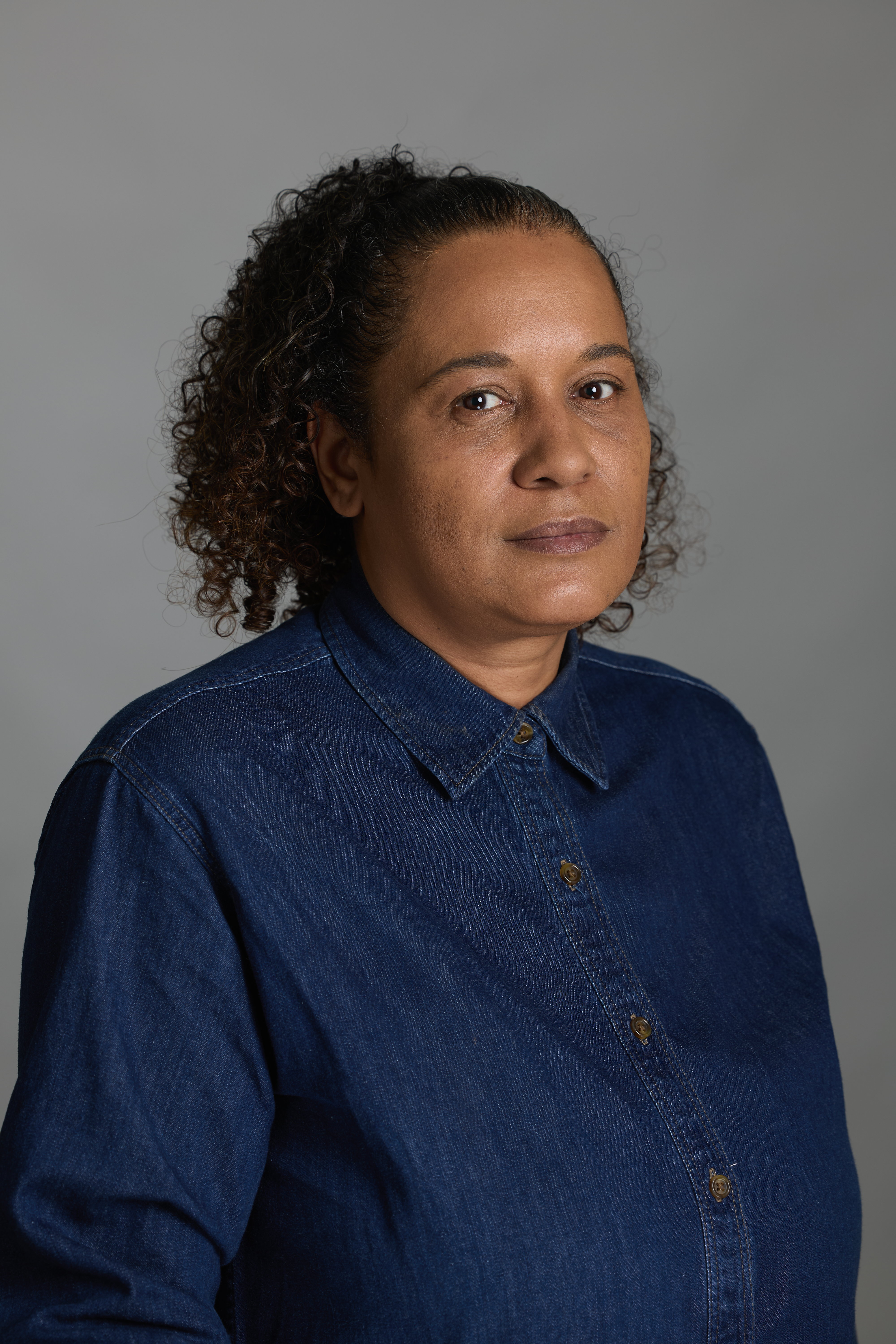Biography
Dr. Elli Michaela Young is a researcher whose work explores the intersection of culture, identity, and design, particularly within the Caribbean context. Her doctoral research, drawing on lived experiences, oral histories and personal family archives, examined how Jamaicans use locally designed and produced fashion to express and construct their identities
Dr. Young employs a unique, interdisciplinary approach, challenging and reinterpreting traditional design histories by centring marginalised voices. Tackling the complex legacies of colonialism embedded in Caribbean design, while also examining the broader significance of Black Style in fostering and showcasing identity through fashion. Her research highlights the social implications of design, demonstrating how fashion acts as a powerful tool for cultural preservation and resistance.
Her chapter, “It was Jamaican Style, and They Didn't Have Anything Like That in England”: An Oral History of Self-fashioning, featured in Design, Displacement, Migration: Spatial and Material Histories, edited by Sarah A. Lichtman and Jilly Traganou, offers a compelling look at how Jamaican identity is crafted and expressed in the diaspora. Additionally, her chapter, "Creolized Patternmaking: A Jamaican Perspective," in Patternmaking History and Theory, edited by Jennifer Grayer Moore, explores the intricate art of Jamaican freehand dressmaking. This work critically examines how traditional and creolised techniques have shaped the narrative of Jamaican identity and style.
Dr. Young's scholarly contributions, combined with her active involvement in the Design History Society (DHS) and The Caribbean Fashion and Design Research Network (CFDRN), demonstrate her commitment to deepening our understanding of the dynamic relationship between culture, identity, and design. She is particularly interested in how design can empower communities and foster cultural dialogue. Beyond academic publications, Dr. Young is committed to public engagement, and where possible, collaborates with cultural institutions to share her research with wider audiences. Her work not only enriches academic discourse but also cultivates a greater appreciation for the diverse cultural expressions embodied by fashion and design.


